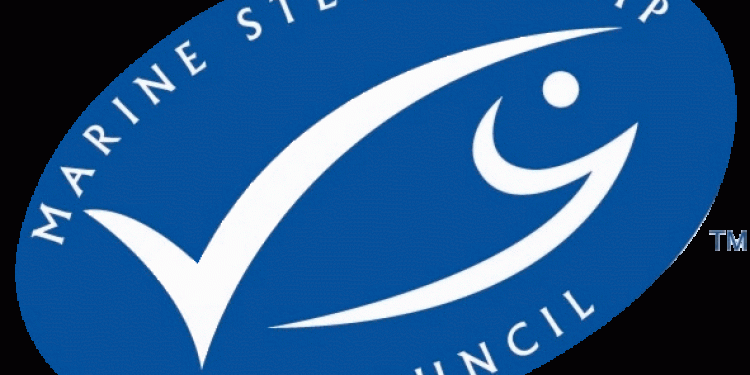The Scotia-Fundy haddock (Melanogrammus aeglefinus) fisheries in the Atlantic Ocean off the eastern coast of Canada have received Marine Stewardship Council (MSC) certification following an independent, third-party assessment by an accredited certifier. The assessment was conducted over 14 months in an open, transparent process involving regulators, stakeholders and harvesters. With certification, products from the fishery are eligible to bear the blue MSC ecolabel, which confirms to buyers and consumers that the seafood comes from a sustainable and well-managed fishery.
The assessment included all Canadian vessels licensed to fish in the southern Scotian Shelf and the Bay of Fundy and the Canadian portion of Georges Bank and the Gulf of Maine. In 2009, approximately 26,000 metric tonnes of haddock were harvested, primarily using otter trawls and long lines, but hand lines and gillnets were also used. The fishery mainly supplies fresh and frozen products to markets in Canada, the United States and the European Union.
The Groundfish Enterprise Allocation Council (GEAC), the client for the MSC certification, selected Moody Marine Ltd. to conduct the assessment against the MSC environmental standard. Canada’s Department of Fisheries and Oceans (DFO) regulates the fisheries. However, for Georges Bank, the Total Allowable Catch (TAC) for haddock is set cooperatively under bilateral agreements between Canada and the United States and each country allocates its own portion of the TAC under its own management regime.
For the assessment process, the fishery was considered in eight units of certification and each unit was assessed against the MSC core principles: health of the stock, impact on the marine ecosystem and effective management of the fisheries. The certification requires the fishery to improve its performance in eight specific areas. Some of these improvements must be achieved within the first year of certification. By achieving these targeted improvements, the fishery will align its performance, across the whole of its operations, with current global best practices. One improvement requires a portion of the fishery to show that it is actively participating in a new DFO policy for managing the impacts of fishing on sensitive benthic areas. In another, the fishery is required to incorporate regular internal and external reviews of the haddock fishery in the DFO Integrated Fishery Management plan.
The MSC encourages full transparency and all reports generated during the assessment are available online at www.msc.org and future annual surveillance audits will be posted, as well.
What the fishery says
Bruce Chapman, Executive Director of GEAC, said: “We are pleased with the positive outcome of the independent assessment, which verifies that our haddock fishery is managed sustainably. With MSC certification we are hopeful that buyers and consumers in our major markets will better recognize this fact.”
What the MSC says
Kerry Coughlin, Regional Director, Americas, said: “We are pleased to see the first east coast ground fishery in North America become certified to the MSC standard. In addition to European and other fresh and frozen groundfish markets, local seafood purveyors in Canada and in the northeastern U.S. are now able to provide fresh haddock certified to the MSC global standard. With fishery certification, and supply chain traceability certification, commercial buyers and consumers will know this prized white-fleshed fish comes from a sustainable and well-managed fishery.”









